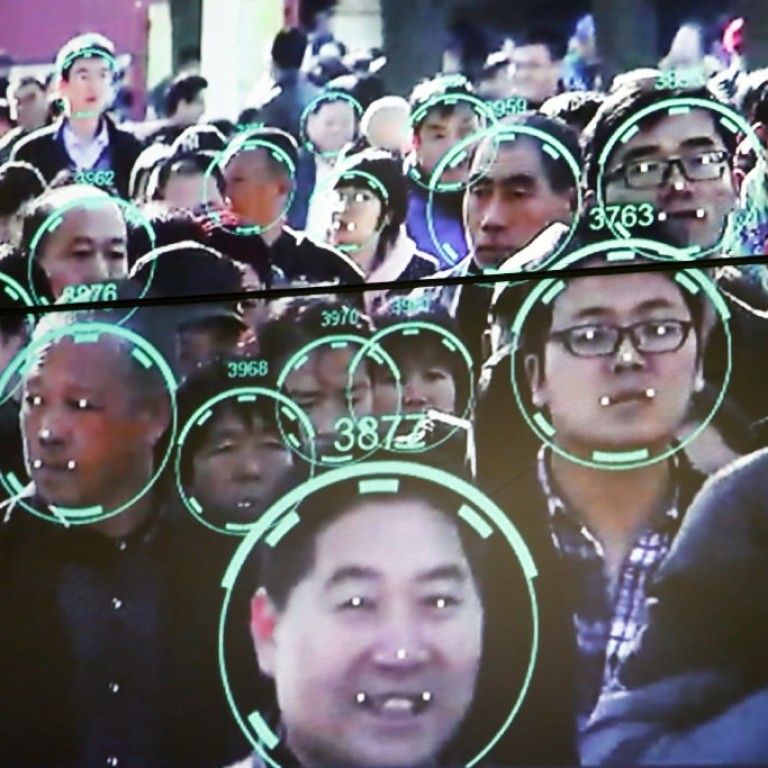
China is driving Asia’s AI age – with some exceptions
- China is leading the way with AI in Asia but more must be done to educate and re-engineer the work force to ensure successful adoption
As the new machine age looms, the use of AI technology is becoming a significant factor in business success, and one country that has really taken the AI bull by the horns, is China.
In fact, 88 per cent of Chinese companies surveyed cited intelligent machines as being the number one influence on the future of work in the next five years compared to a regional average of 82 per cent. As a result, Chinese business leaders expect AI-driven machines to power revenue growth of 14 per cent over the next five years, compared to the regional average of 12 per cent.
The findings are based on a survey conducted between May 2018 and July 2018 of 622 senior executives across various industries in Asia-Pacific, covering China, India, Australia, Singapore, Japan, Malaysia and Hong Kong. Respondents were distributed across financial services, health care, insurance, life sciences, travel and hospitality, manufacturing and retail industries.
But that’s not all — Chinese businesses also expect a 25 per cent increase in workforce productivity from AI (compared to a regional average of 20 per cent) in the next five years. Given that China is home to the largest number of internet users in the world (who are most likely to share their data with feature-rich platforms) it is easy to understand why businesses there are so excited.
Technology is pushing the envelope of human capability, and when we combine the strengths of humans (judgment, visual cues, emotion/empathy, ethics, and social context) with the strengths of machines (computational capabilities, data analysis, pattern recognition, and next action determination based on statistics) in a joint environment, magic can happen.
Human-machine coexistence is the new job market reality, and 66 per cent of Chinese companies said AI-driven intelligent machines will fundamentally redefine jobs within their organisation compared to a regional average of 58 per cent. In fact, 75 per cent of Chinese companies surveyed agreed that humans and machines will work together as an integrated team in their organisation, with intelligent machines being used mainly to augment human intelligence.
However, China’s leading role in the rise of Asia’s AI age will not be all plain sailing. Many companies do not feel ready to handle the new machine age.
While 35 per cent of respondents across the Asia-Pacific region felt fully prepared to handle future work with intelligent machines, only a little over one-quarter of Chinese organisations surveyed felt the same, and fewer than half were confident about their ability to integrate AI with existing business processes.
In fact, 85 per cent of Chinese respondents believed the lack of talent availability in the market could derail their ambitious AI plans, whereas a smaller 69 per cent of regional companies said they faced a talent gap issue.
In response to the talent shortage, the Chinese government has made AI-driven education a cornerstone of its national strategy as policymakers continue to use AI to reform China’s education and public research institutions.
Chinese business leaders confronting AI integration also face the “fear factor” — the natural concerns that arise from dealing with something new and unfamiliar.
Many Chinese business leaders are concerned about how AI will alter human trust levels. The main cause of AI fear is the potential threat AI technology poses to the jobs of current workers — 58 per cent of Chinese businesses surveyed cited workers’ fears regarding job losses as a major challenge to the adoption of AI-driven intelligent machines.
This poses a significant problem: no matter how well AI systems are designed, if people do not have confidence and trust in them, businesses will not be able to adopt them successfully.
For employees to gain confidence in machines, they must see positive results from the decisions they make and therefore, companies must focus on user acceptance by providing adequate training on the use of AI systems, as well as the legal and business consequences of failures.
Involving employees at an early stage in the development process of change will help them accustom themselves to the new technology, which should ultimately elevate trust levels.
The well-known adage, “people are our most important asset” holds more weight than ever today. Prioritising people will require changes in management culture, which still tends to be hierarchical and authoritarian in many Asia-Pacific organisations.
While it is clear that China has the potential to become an AI superpower – it will face challenges along the way. To manage these, Chinese businesses will have to re-imagine jobs and tasks, restructure workforces, and remix talent – while maintaining worker trust.
Although a daunting task, involving millions of consumers and workers, no one should doubt China’s determination to lead the way and take the reins.
Manish Bahl is an Associate Vice President at the Center for the Future of Work (Asia Pacific), Cognizant.

